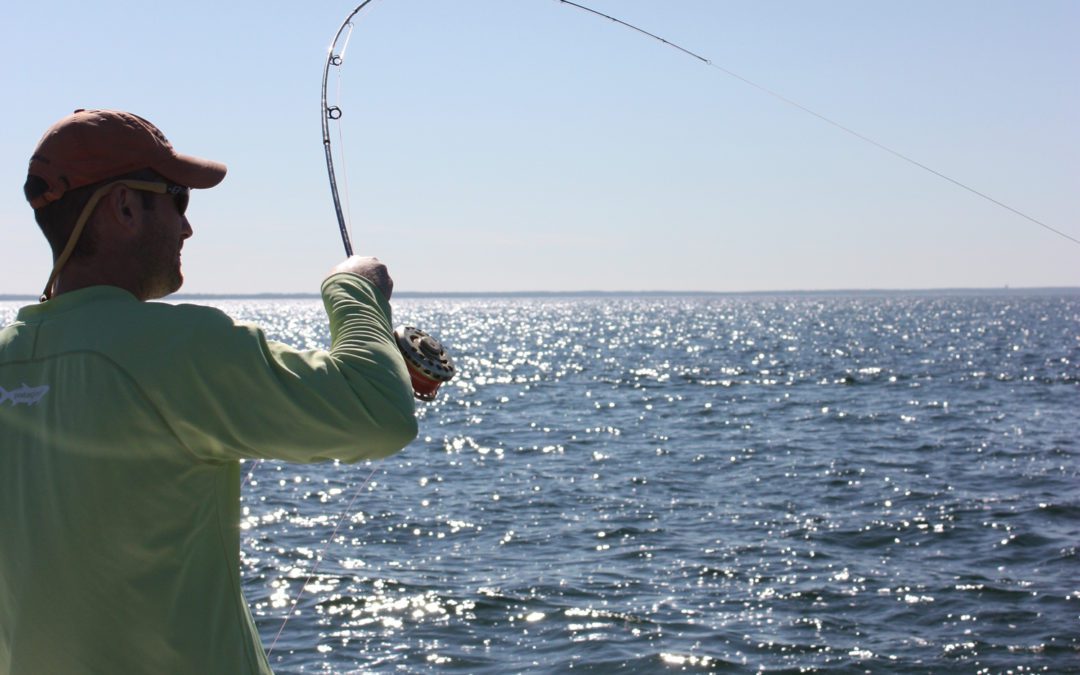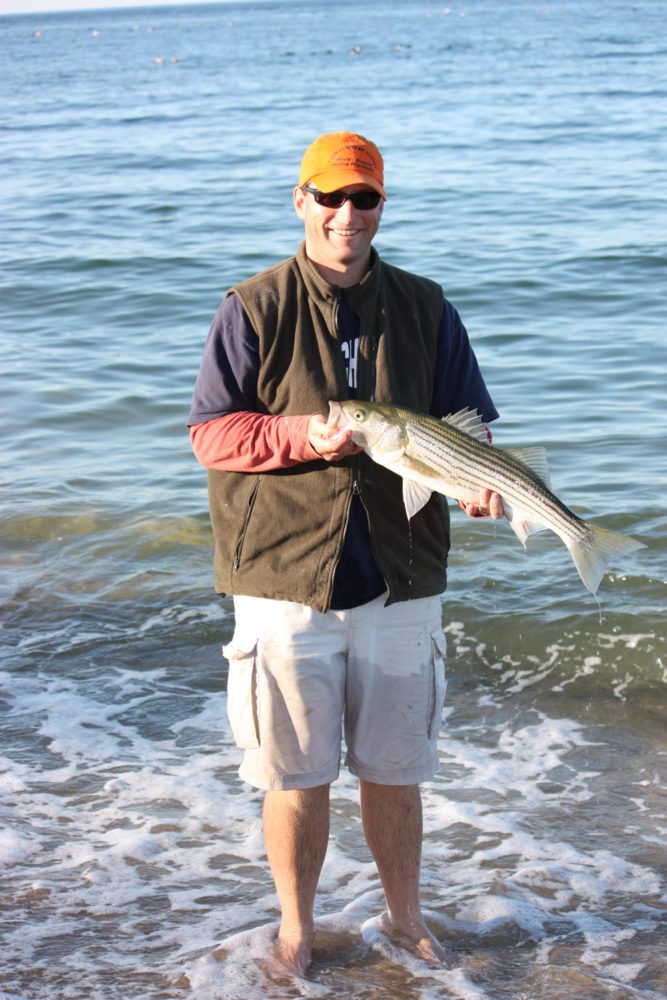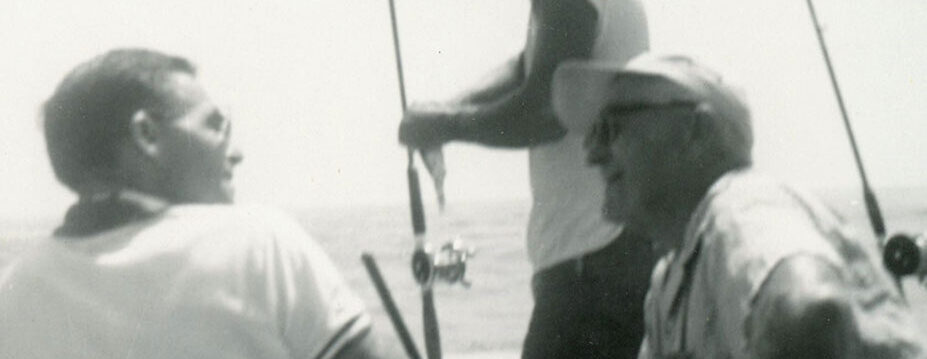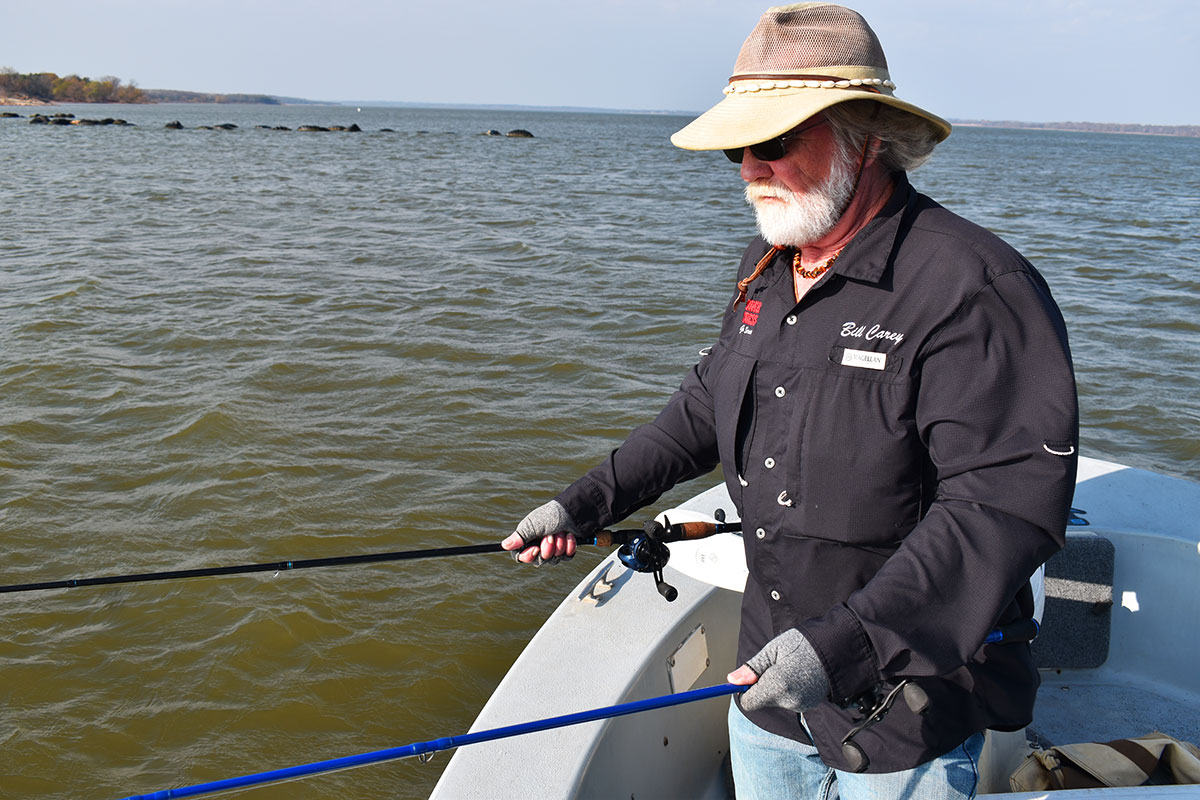Fishing in a body of water as large as the Atlantic is a mindbender, but it doesn’t have to be difficult. Just belly up to the sandbar.
In a few weeks, migratory striped bass will return to our Cape Cod waters. Not far behind will be pods of voracious bluefish. I look forward to casting for them on the wide, expansive beach fronts near my home. And when I do I am in awe. It’s a heady concept to catch fish practically at your feet, while staring out at a seemingly endless amount of water.
Visiting anglers often complain about being stumped on how to locate fish along this vast shoreline. I understand. We have over 40 miles of pristine sand from which to choose – all part of the National Seashore established in 1961. Out here there are no boardwalks, retail stores or bars directly on the beach. All we have are dunes, sand and lots of hot spots where gamefish share the shallows with vacationers.
Truth be told, I used to get overwhelmed by the size and scope, too. But once I figured out the different types of sandbars usually hidden beneath the surf, I began to unravel some of the mystery.
A good time to map out these fish-attracting shoals is low tide. The very best time to do so is on a full or new moon. A big moon sucks out the most water, allowing you to bear witness to the texture and terrain that lurks underneath.
Parallel Bars
Parallel offshore bars, naturally, run parallel to shore and thus are not connected to land. Some might be 50 yards from land while others are 200 or 300 yards away. Between these bars and shore is deeper water – a great spot for migrating schools of fish.
Bull-Nosed Bars
Another type is a bull-nosed bar, which is usually connected to land. Like their namesake, they are rounded and come in a variety of sizes. Some can be just 10 yards long while others run the length of a football field. When the tide is flowing, fish will hold on one particular side. Stripers like room service, so they wait for the current to wash bait fish over the bar and into their mouths.
Point Bars
Point bars are long spindles that stick out into the ocean. They vary in size and shape based on the current’s strength. Deep water troughs sit on either side, and they’re my favorite. They allow me to wade farther out and stand in water that normally is at the end of my best cast. No boat or kayak is necessary, just your bare feet or a good pair of waders.
Every beach has a current. On a dropping tide it goes in one direction while on the flood tide it goes in the opposite direction. If you need some help judging it, simply toss a piece of driftwood beyond the beach break and watch. Fish need water running over their gills so they’re almost always running into the current. When the bait is in all you have to do is match your current with the side of the bar. Odds are you’ll catch ’em. If not, move to the next bar.
Put in a little time on the water and you’ll figure out the seasonal patterns. Look for bait fish washed up on shore while you walk and keep your eyes peeled for diving birds. Love ’em or hate ’em, a herd of seals tells you there is a big body of fish nearby. They’ll snatch the fish from your fly, but that shouldn’t matter. There are probably lots more to catch. Fishing in a body of water as large as the Atlantic is a mindbender, but it doesn’t have to be difficult. Just belly up to the bar.
 Great fishing tales from one of the most popular writers of the twentieth century. This collection, first published in 1925, describes Grey’s fishing adventures in exotic locales throughout the Pacific Region. It was one of Grey’s boyhood dreams to own a beautiful white ship and to sail her into lonely tropic seas. The pieces in this book are the result of those happy sailing and fishing days. Shop Now
Great fishing tales from one of the most popular writers of the twentieth century. This collection, first published in 1925, describes Grey’s fishing adventures in exotic locales throughout the Pacific Region. It was one of Grey’s boyhood dreams to own a beautiful white ship and to sail her into lonely tropic seas. The pieces in this book are the result of those happy sailing and fishing days. Shop Now







